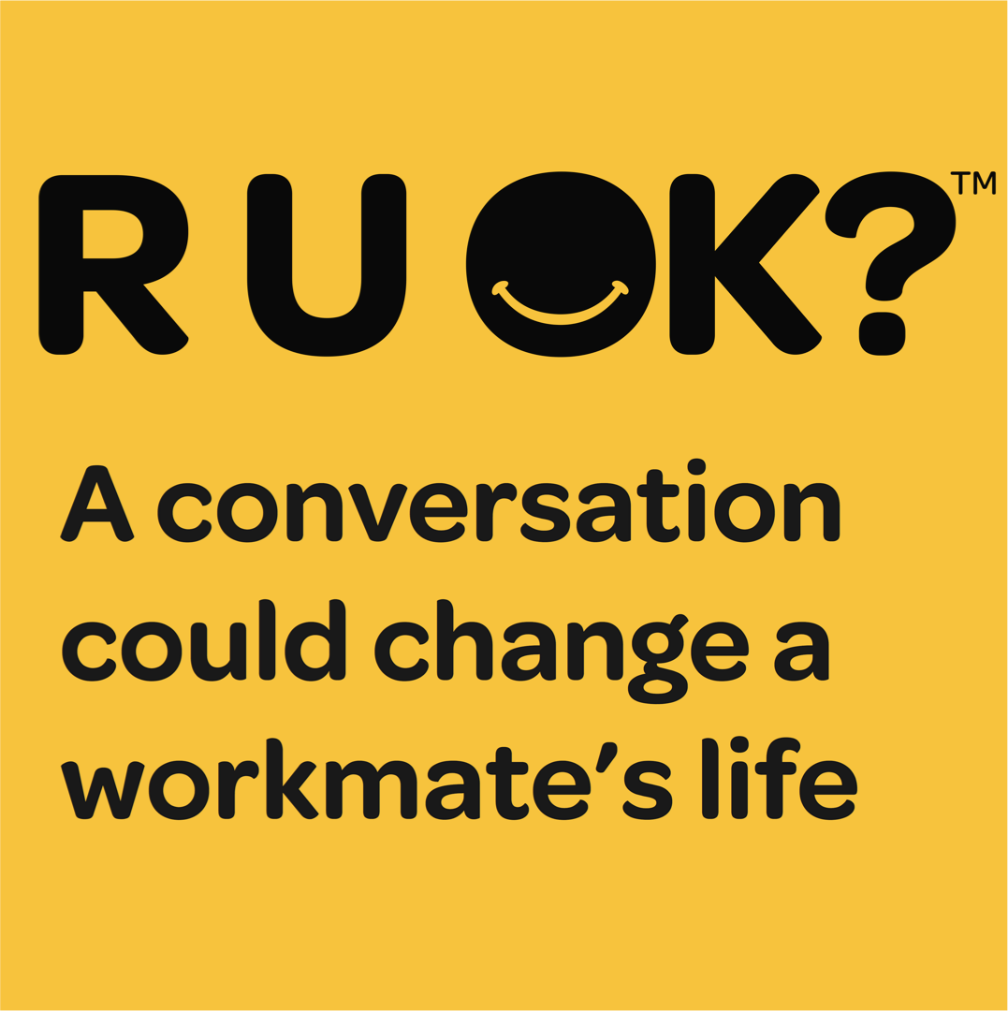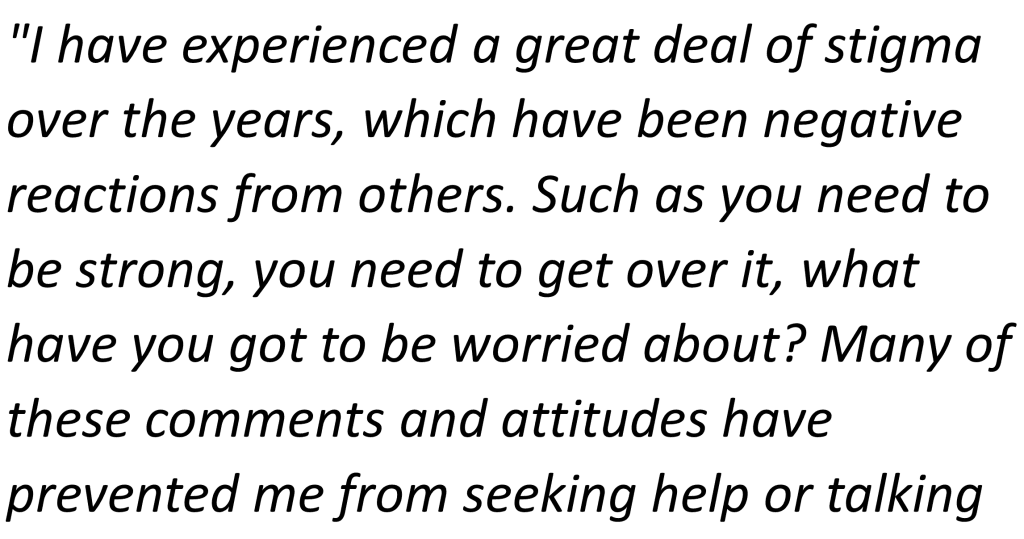
Putting well-being on top of the agenda with a regular Mental Health Lunch and Learn Session
Yes we are all aware that wellbeing should really be a top priority, not just in our personal lives, but also at work.
As an organisation, there are many benefits to both the organisation and the staff from having a well-being plan in place. However, so many companies lack implementing a good plan. This could be due to a lack of resources, knowledge, time, or money.
With this blog today, I’d like to show you how an easy implementation such as a Monthly Mental Health Lunch and Learn, can help you put wellbeing on the agenda on a more regular basis.
For a Lunch and Learn to be successful, you need the following:
- Leadership buy-in
- Good discussion topics
- Good preparation and implementation
- Advertising it well in advance
- Finding the best location – whether in the office or another external venue
And the cherry on top is…
- Usually providing lunch or healthy snacks for employees during such a session.
I am giving you a Mental Health Lunch and Learn session template today with all the information you need to deliver the session yourself. All you need to do is find a speaker and implement it as per the above instructions.
This Mental Health Lunch & Learn session would be about 20 minutes in length, plus questions or a discussion at the end.
You can present it just as a talking point or create slides to go with it.
TOPIC:
WORKPLACE AND MENTAL HEALTH RELATIONSHIP
- What is the impact of Mental Health Conditions on the workplace?
- Impact on the Individual:
- Increased sick days
- Reduced quality of life
- Reduced personal finances (if the employee has no sick leave)
- Impact on the Individual:
- Impact on the workplace?
- Lower morale
- Increased workload and reduced team productivity
Explain to participants that if a person is suffering from anxiety or depression and is unable to work or continues to work despite receiving treatment and assistance, it can have a detrimental impact on the individual, the team, and the workplace. The slide shows some of these consequences.
Inform participants that the workplace has a positive and bad impact on mental health and that a person’s mental health has a negative impact on the workplace.
- What are the work-related risk factors?
- Bullying
- Poor work-life balance
- Unclear job role
- Lack of support
- High workload, or not enough work
- Deadlines
- Job insecurity, job loss or redundancy
- Conflict at work
WORKPLACE RISK FACTORS BRAINSTORMING ACTIVITY* In small groups, encourage participants to brainstorm the risk factors that exist in their workplace.
They might refer to the slide for inspiration. Request that they record these in their employee handbook. For this task, there are no right or wrong responses. If you’re short on time, skip the exercise and just display the slide and talk about it briefly.
4. What are work-related protective factors?
- Social activities
- Good leadership
- Strong team morale
- Effective training
- Access to support at work
- Effective mental health policies and programs
- Involvement in decision-making
- Flexible working conditions
PROTECTIVE FACTORS IN THE WORKPLACE: BRAINSTORMING ACTIVITY
In small groups, have participants brainstorm some of the protective features in their workplace and write it down on paper
The following are examples of possible responses:
• walking groups
• having a chaplain, therapist or counsellor on site
• having access to an employee assistance programme (EAP)
• peer support
• kicking a football during breaks
• having a BBQ lunch or breakfast once a month
5. Raising Awareness

Explain to participants that raising knowledge of mental health conditions is another method to strengthen protective factors. This can be accomplished through toolbox seminars, direct discussions about mental health issues in the workplace, and the promotion of services.
Another way participants can raise awareness is to organise or encourage employees to engage in events that generate finances and awareness for health-related concerns, like as mental health. R U OK? Day (held in September) is one of the most well-known of these events. Other great examples include Mental Health Week (in October) and Movember (in November).
6. Reducing Stigma

Inform participants that stigma is a set of unfavourable, and often unjust, opinions held by a society or a group of individuals about something. The stigma associated with mental health disorders can have a significant impact on those who are experiencing anxiety or depression symptoms, preventing them from receiving the help they require.
Emphasize that discussing mental health openly in the workplace, just as they would physical health, is an excellent method to help minimise stigma. You would inquire about someone’s condition if they had a back injury or a broken arm, and the same should be true for people suffering from anxiety or depression.
Arrange for someone to speak about their own experience with a mental health problem and recovery as another strategy to minimise stigma and create awareness. This might be a Mental Health First Aider, or it could be a co-worker or manager that is willing to talk honestly and share their story.
CONCLUSION
Inform participants that this is the end of the training. Discuss with participants which key pieces of information from this topic they would want to pass on to their colleagues. Ask them to think specifically about their co-workers and the demands of the work that they do within the organisation.
Overall Conclusion
It really isn’t hard to put together quality Mental Health Lunch and Learn Discussions, but it does help if you have a list of topics and know where to start.
I hope the above information, topic and discussion will be helpful to you and that you are able to deliver a fantastic Lunch & Learn Session in the office.
If you don’t want to do this yourself, click here CLICK HERE to see my Lunch & Learn options and to book your sessions.
Mental Health Lunch and Learn

